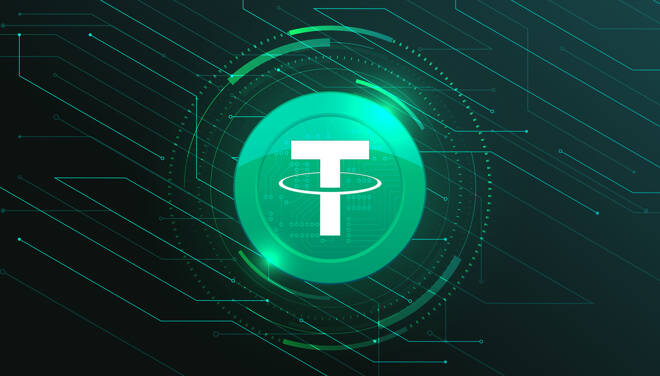Advertisement
Advertisement
Tether Blocks $160 Million of USDT on the Ethereum Blockchain
By:
Some USDT users didn't start the year with the right foot by not being able to use their funds and entering the USDT blacklist.
The largest stablecoin issuer has been under the regulatory radar over the past years. On January 13th, approximately $160 million of USDT were frozen in three addresses on the Ethereum blockchain.
The three addresses are the first ones to join this year on the Tether blacklist, according to Bloxy blockchain data.
“Today, Tether has frozen three addresses on the Ethereum blockchain containing $160m USDT upon a request from law enforcement. At the moment we are unable to disclose any further details” a Tether member commented in an email to CoinDesk.
This Is Not the First Time Tether Freeze Funds
According to Bloxy blockchain data, the last time a Tether address froze was 2 weeks ago. Last year, there were 312 addresses added on the blacklist, having a total of 563 addresses blacklisted on the Ethereum blockchain since 2017.
Because Tether is a centralized company, where they notice suspicious addresses involved in crime or money laundering, they are able to freeze or destroy those assets by listing them on the blacklist.
The Tether company has raised many alarms during the past, especially about whether USDT circulating supply are backed one-to-one with U.S. dollars. One of their main concerns was the case between Tether and Bitfinex, which was settled in September 2021.
Decentralized Stablecoins Are Growing Faster Everyday
Although centralized stablecoins are the largest issuers, like for example Tether(USDT) and USD Coin (USDC) with a market capitalization of $78.4 billion and $44.9 billion respectively, other stablecoins that are decentralized are growing pretty fast like TerraUSD (UST).
UST is a stablecoin within the Terra blockchain which had a huge growth last year, it started with a market capitalization of approximately $180 million at the beginning of last year, and now it has $10.6 billion.
TerraUSD recently surpassed the biggest Ethereum backed stablecoin DAI which has $9.12 billion of market capitalization.
Decentralization was the origin of Satoshi Nakamoto’s vision when Bitcoin was invented, but crypto users can decide if they want to use centralized or decentralized cryptocurrencies but keeping always in mind the possible consequences of each type of coin.
About the Author
Ricardo Rivasauthor
Ricardo is a Venezuelan engineer and technology enthusiast, who discovered the world of blockchain and cryptocurrencies in 2016. Since that time onwards, he has been working as a blockchain and crypto freelancer consultant, he also worked in the crypto mining industry, and acquired knowledge in different blockchains.
Did you find this article useful?
Latest news and analysis
Advertisement
